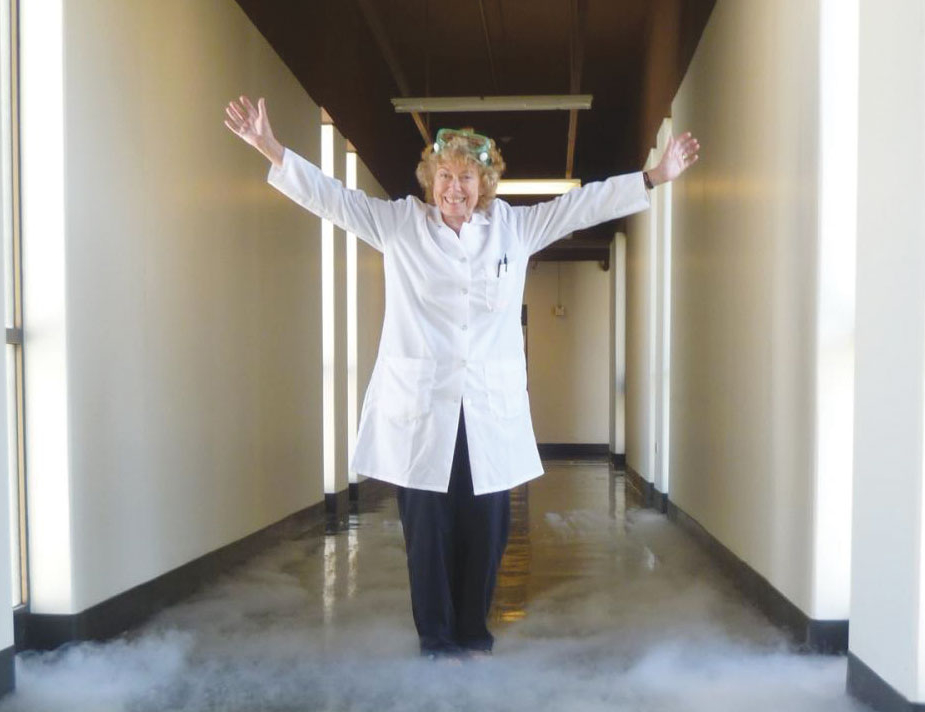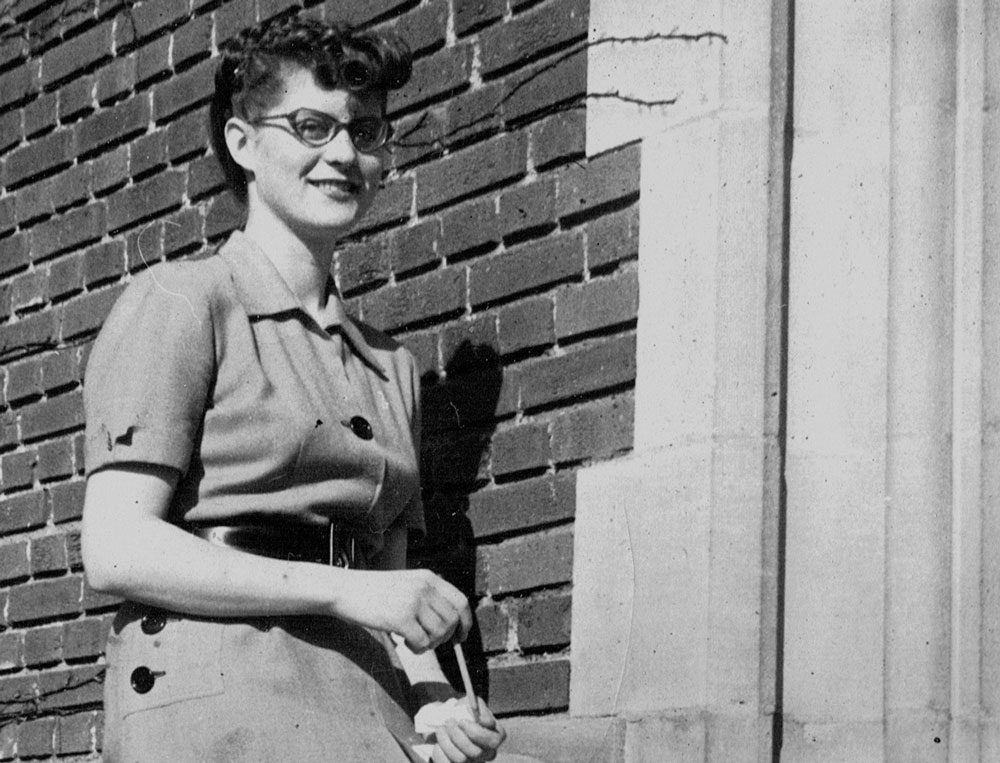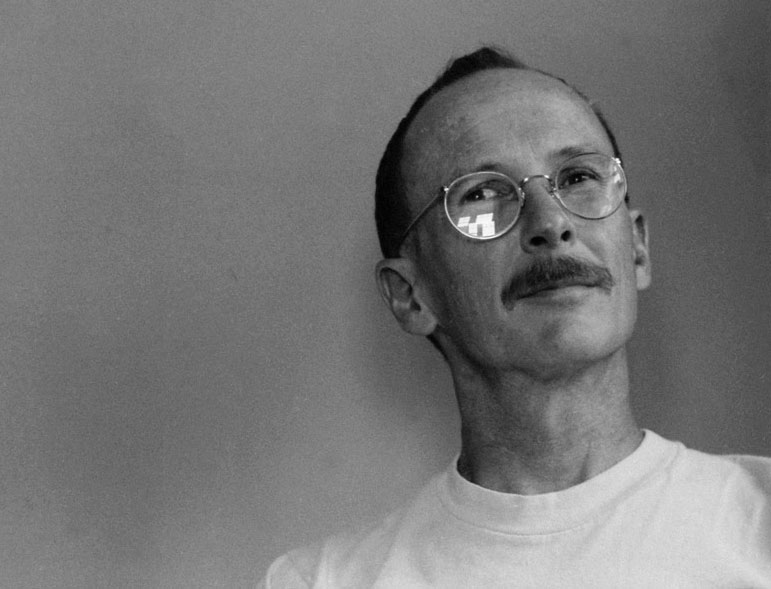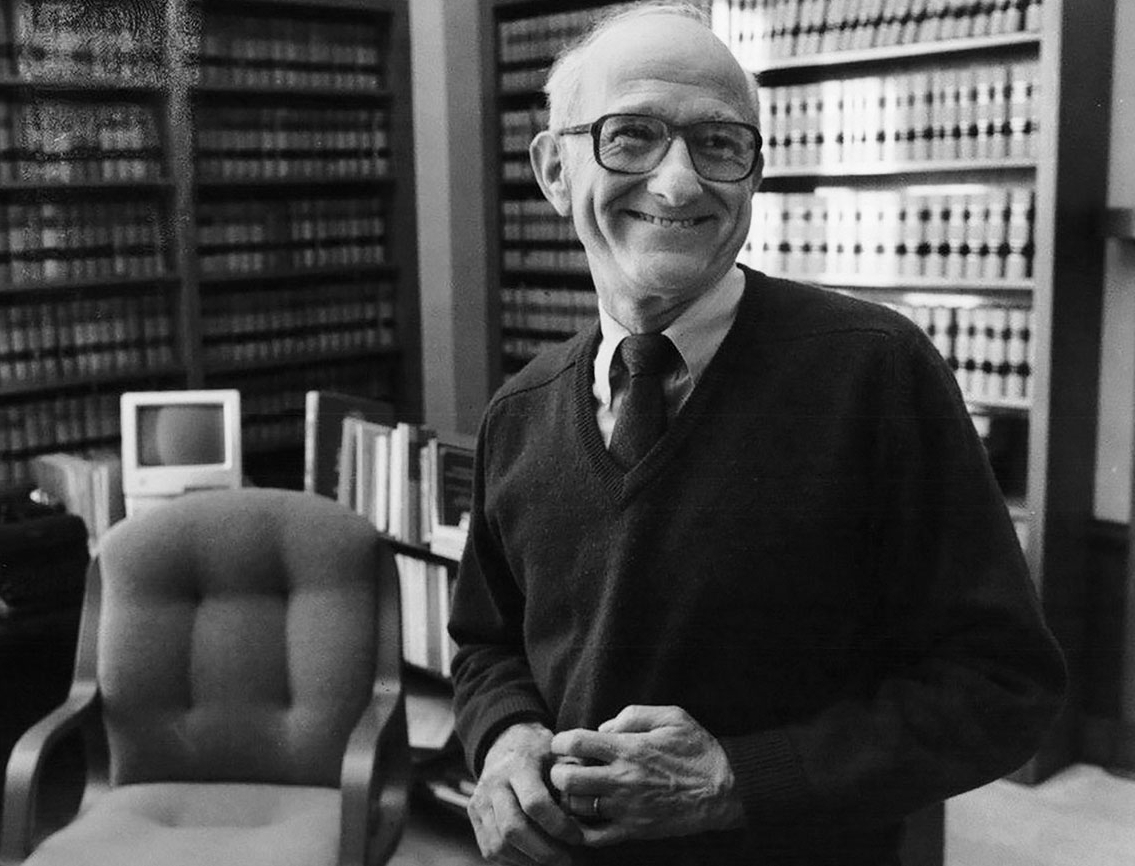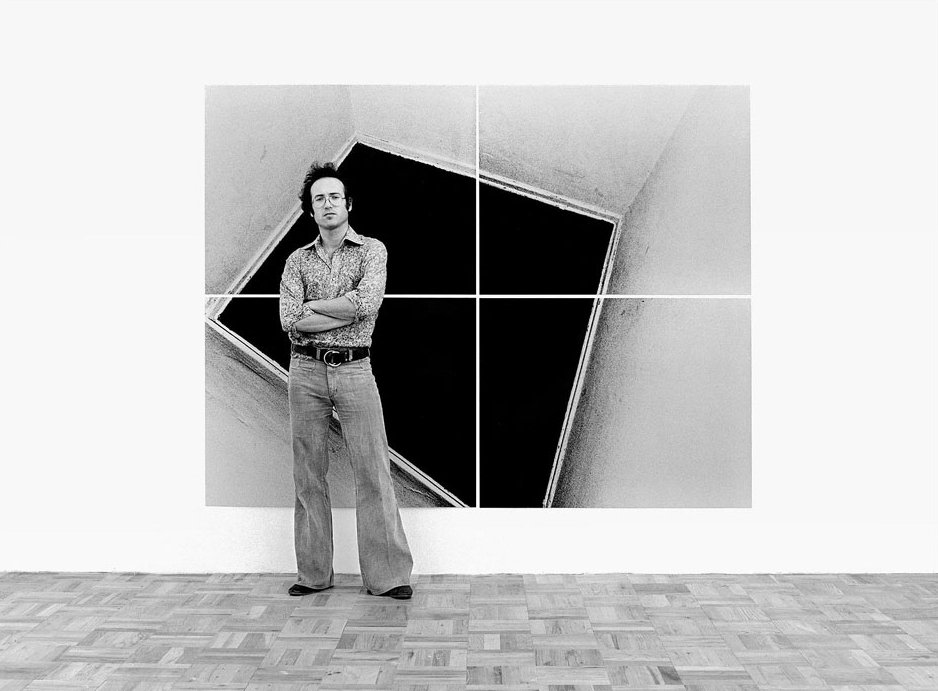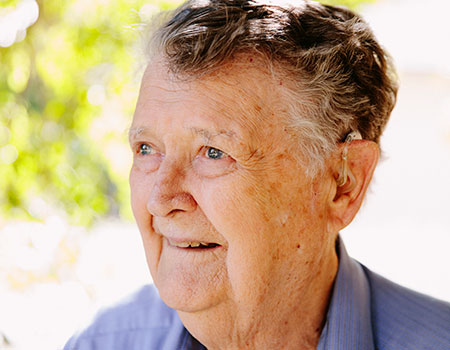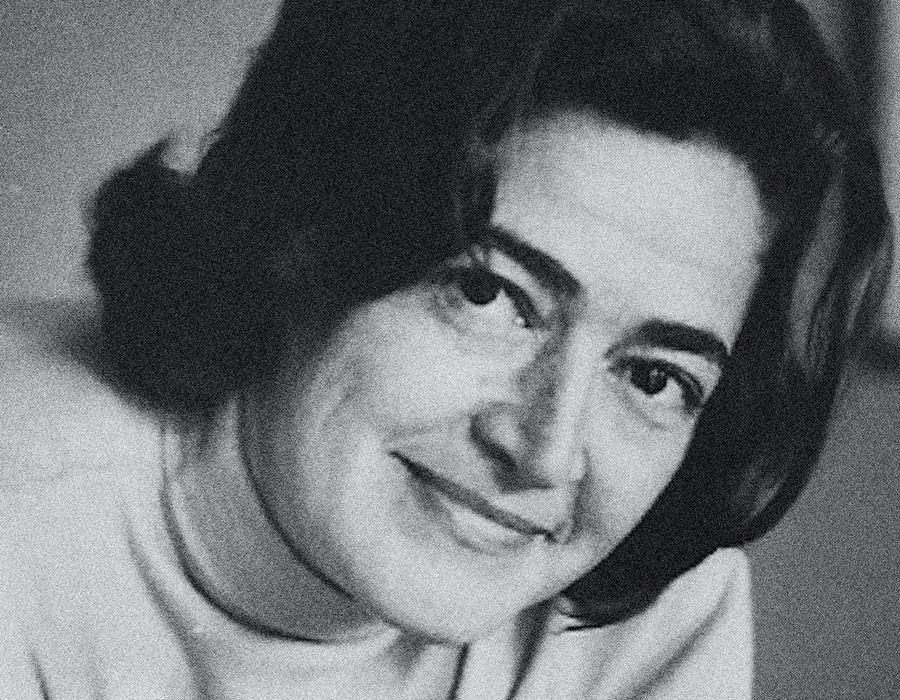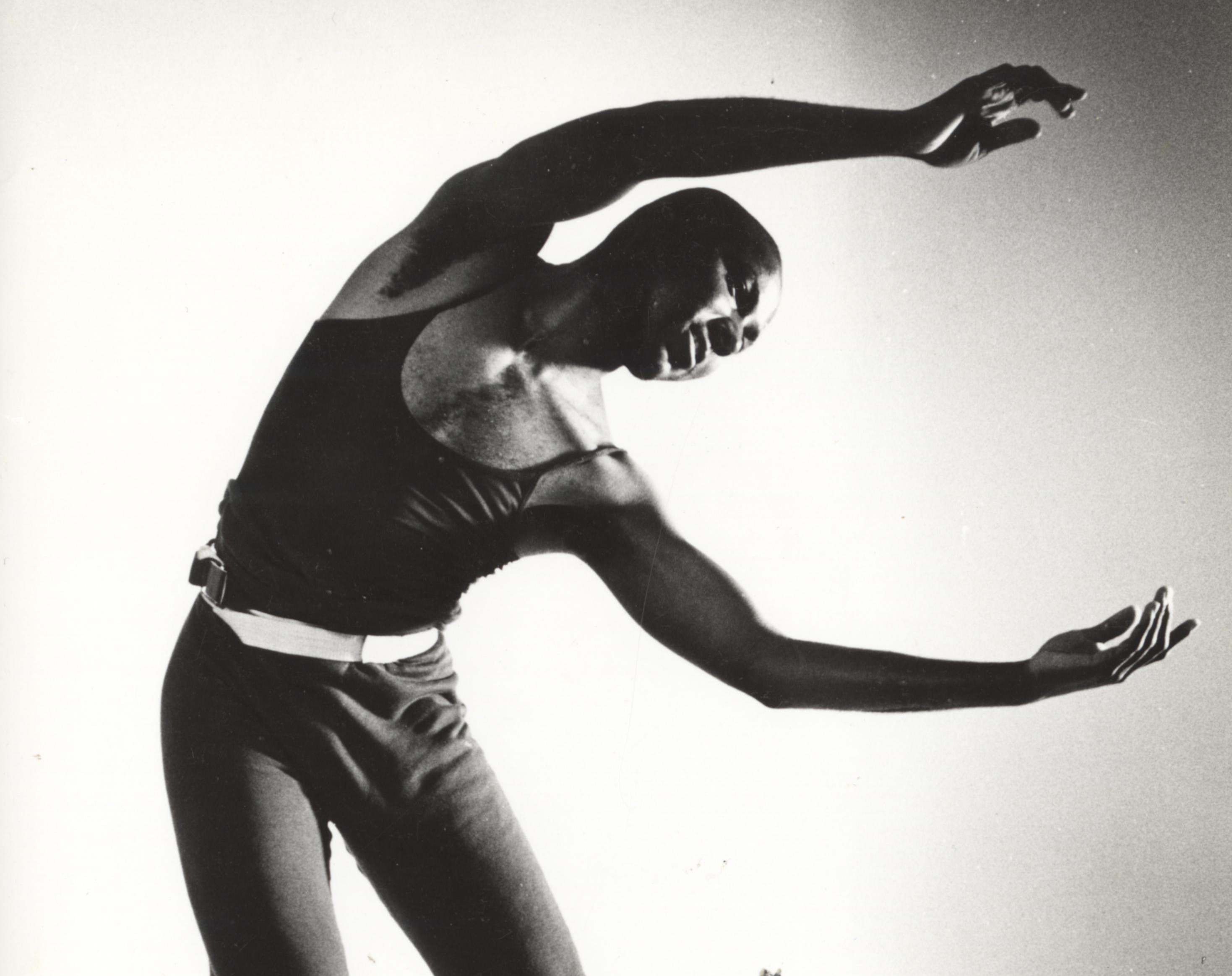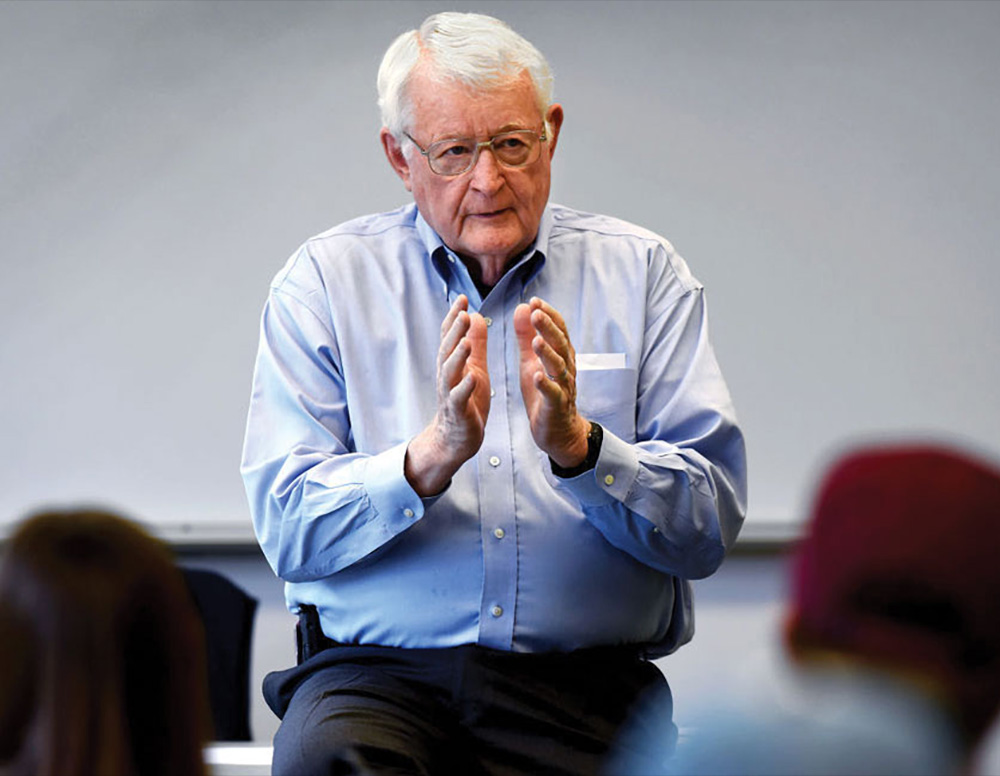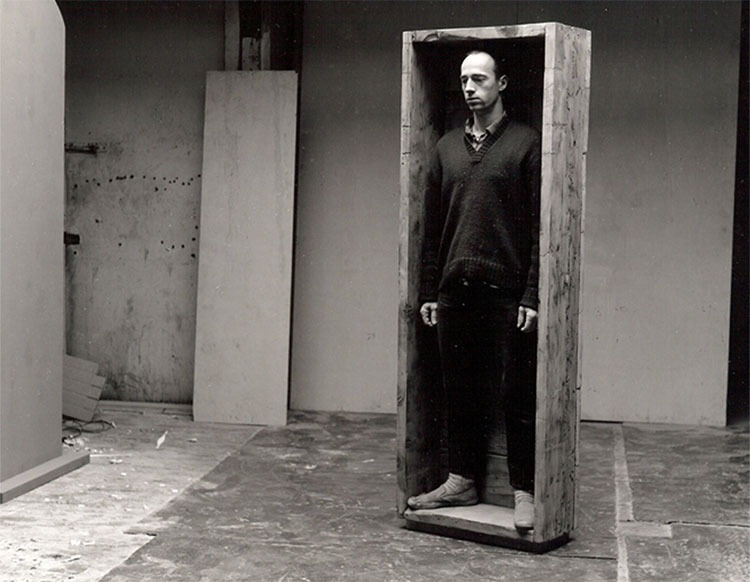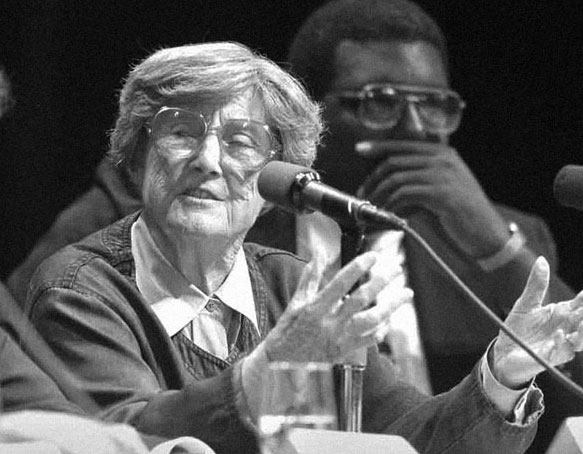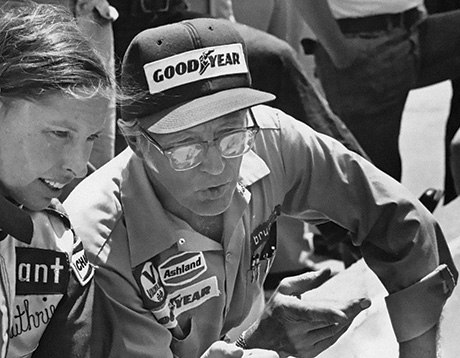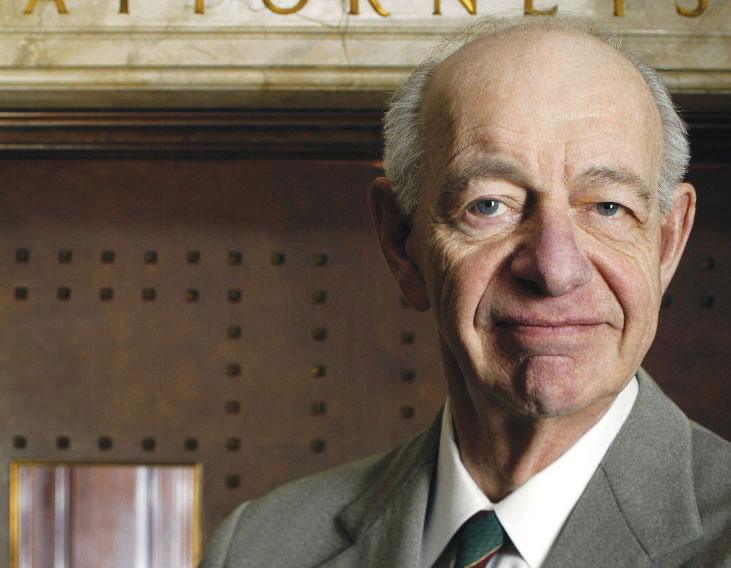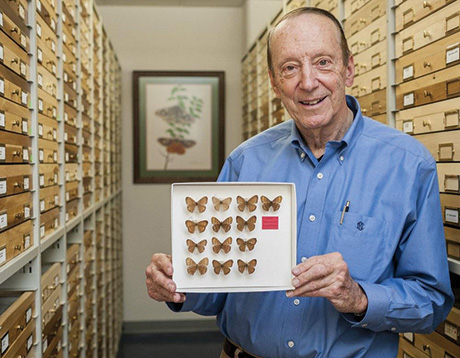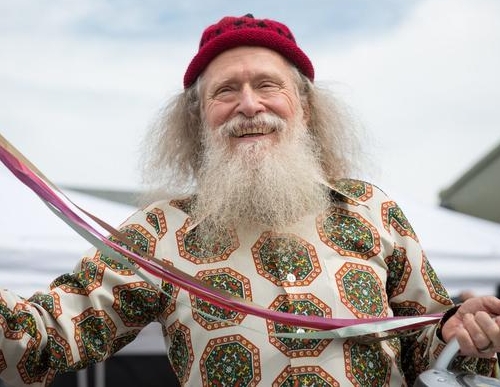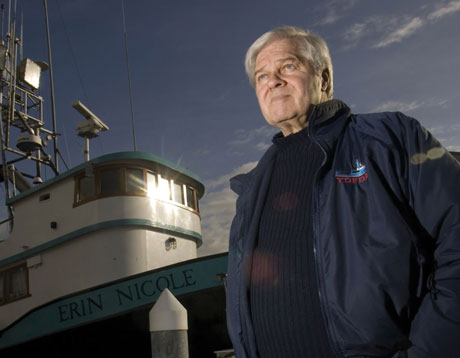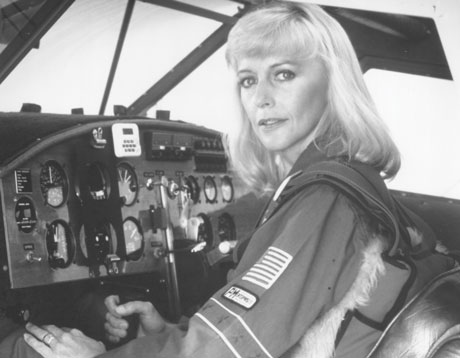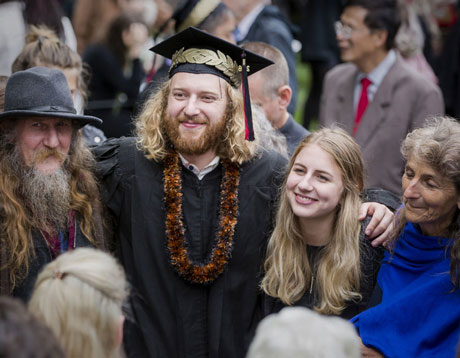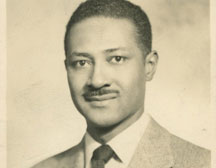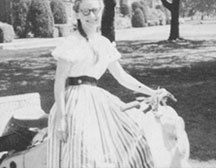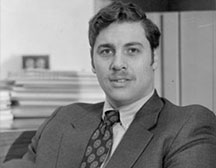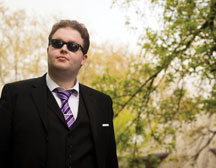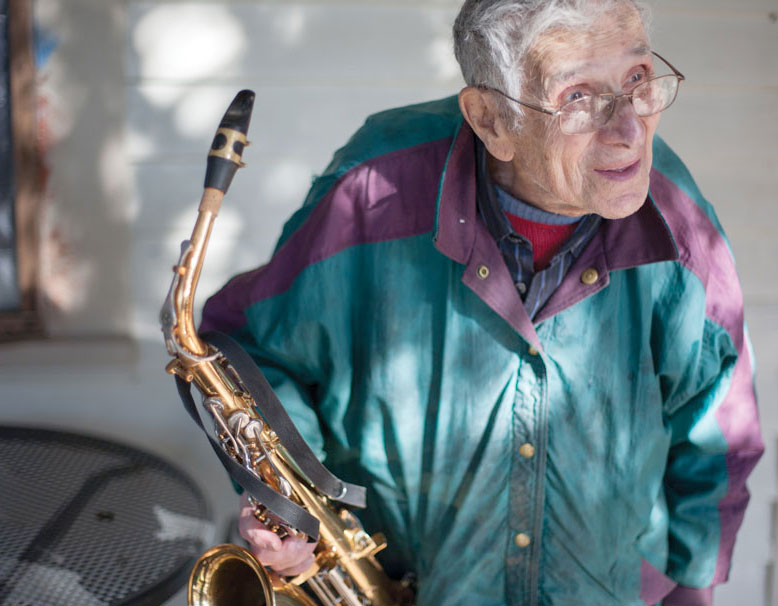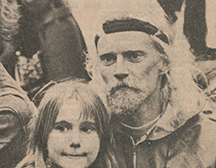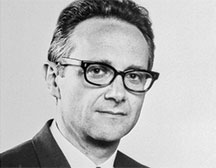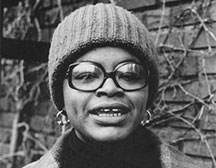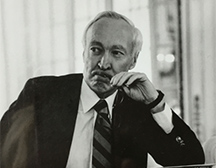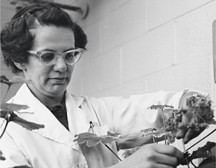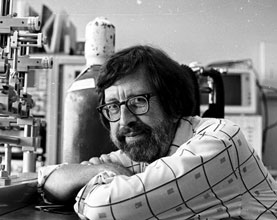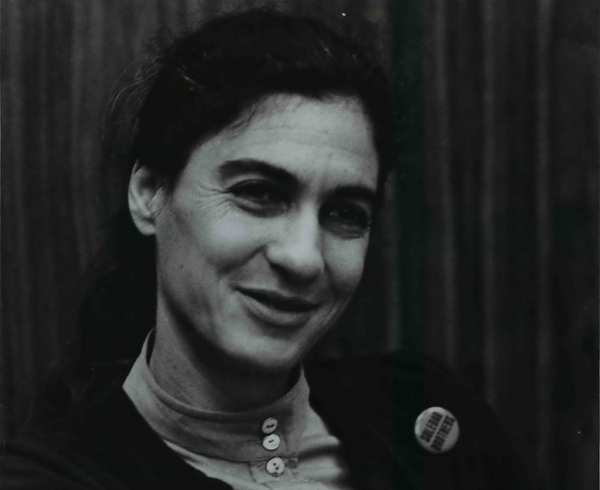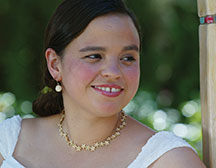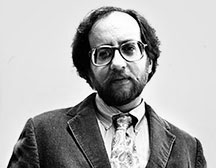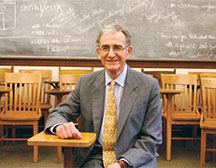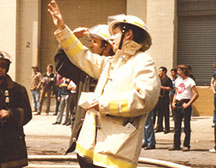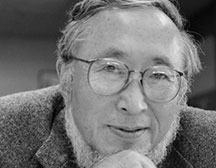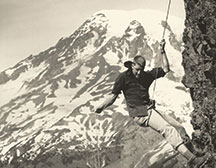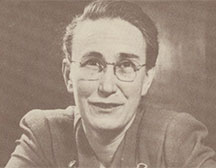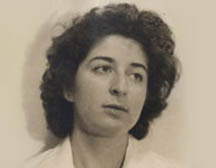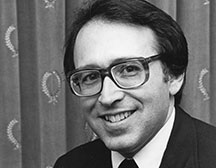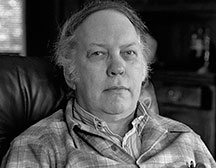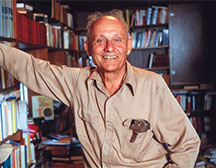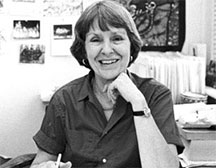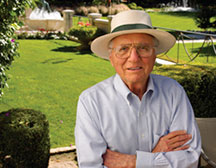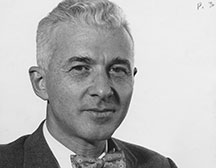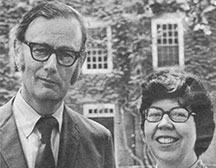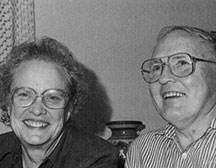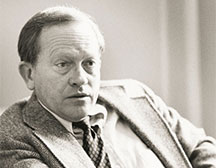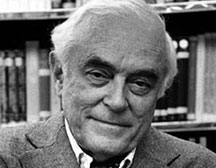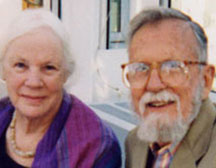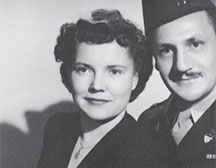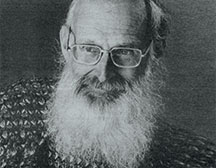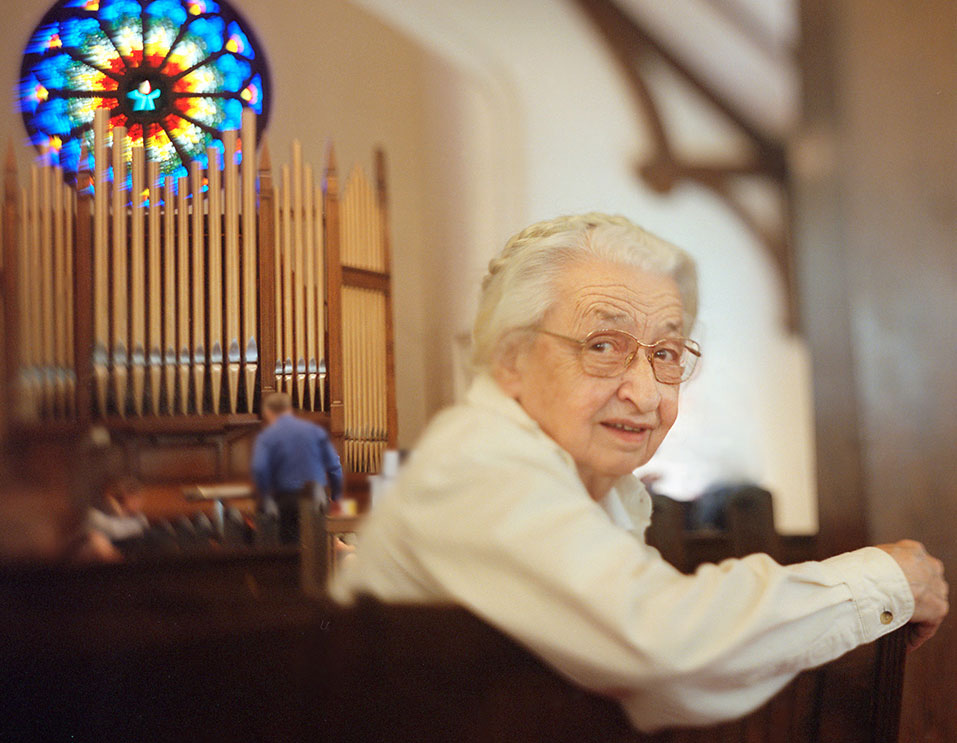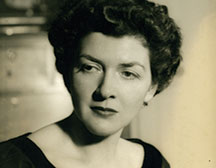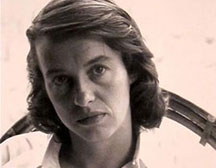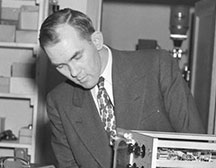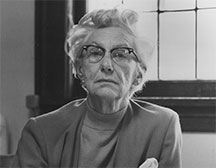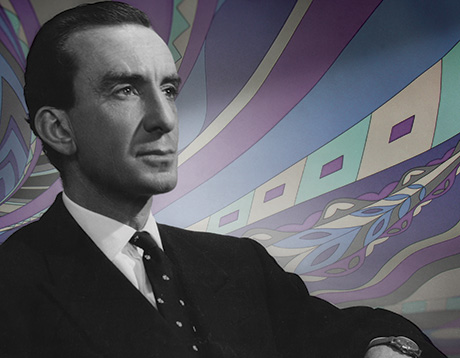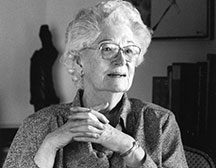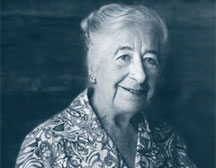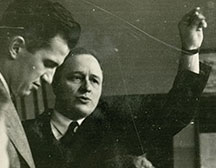Suzanne (Zusaan) Kali Fasteau ’68
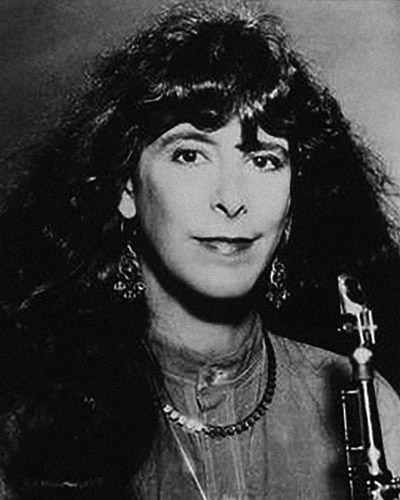
November 20, 2020, in Monroe, New York.
Suzanne was a musical globetrotter who employed what she called “comprovisational” techniques to weave together a sound featuring African polyrhythms, Turkish reed sounds, haunting vocals, and free jazz.
“Like a painter, I select from the vast palette of vocal sounds that reach my ears, and nonlogically and nonverbally combine them to express feelings that transcend national boundaries,” she explained.
Growing up in New York and Paris, she was surrounded by relatives who were classical musicians, and she studied piano, cello, flute, voice, composition, and ballet.
“My brother brought home jazz records,” she remembered, “so alongside Bartók and Bach, Gregorian chants, and Debussy, I heard Bobby Timmons, Thelonious Monk, Erroll Garner, Muddy Waters, Ray Charles, Harry Belafonte, and Miles Davis. When I was 14, I dreamt that I was playing Bach at a piano recital and forgot the music, so I improvised the rest of the piece; it was well received. When I awoke, I tried it on the piano and commenced developing my improvisational skills.”
Known as Susan at Reed, she wrote her thesis, “The Wheel Within a Wheel: An Investigation of Ecstatic Religion,” advised by Prof. Gail Kelly ’55 [anthropology 1960–2000]. Anthropology didn’t relate directly to a musical career, but Suzanne credited it for developing her mind and providing a framework for her musical and geographical wanderlust.
She spent summers in the South campaigning for civil rights and drawing inspiration from traditional Delta blues artists. Reveling in the sound of soul artists like Aretha Franklin and Fontella Bass, the voice and oud of Egyptian artist Hamza El Din, and the Indian music of Ravi Shankar, Suzanne also found inspiration in fellow Reedies, such as jazz pianist and composer Larry Karush ’68.
“I learned a lot from listening to him practice in the chapel for four years,” she said. She also tipped her hat to Laura Fisher ’68 and her band of rockers, and to the musical humor of Tom Rossen ’65, David Labby ’66, and Peter Langston ’68.
“When Charles Lloyd’s quartet played at Reed during the spring concert of 1967, they blew the whole campus wide open with beautiful and expansive sounds,” she remembered. “That occasion was a pivotal event for my musical direction.”
Soaking up transcendent theories and realities she was exposed to at Reed, she lived off campus in an old Victorian house and reveled in the high wit of patrons at the campus coffeehouse and the incisive thinking that was the coin of the realm.
After graduate studies in ethnomusicology at Wesleyan University, Suzanne followed diverse musical directions and lived the life of an itinerant musician—the music was everything. In 1972, she embarked on a 13-year, 16-country musical odyssey with her husband, Donald Rafael Garrett, a onetime John Coltrane sideman. The couple formed an improvisational jazz ensemble called the Sea Ensemble and released several albums. When Suzanne and Donald parted ways in 1977, she retreated for a time to Paris and then spent two years in India and Nepal. While she was studying classical Indian vocal technique in the holy city of Varanasi, a guru gave her the name Kali. She finally returned to New York City, formed the label Flying Note to release her music, and taught Introduction to World Music at Friends World College in Huntington, New York.
An accomplished multi-instrumental musician, Suzanne played more than 15 instruments, including the soprano saxophone, piano, Turkish ney flute, shakuhachi (Japanese vertical notch flute), kaval (a “folk” version of the ney), mizmar (a small reed pipe), sanza (African thumb piano), sheng (large Chinese mouth organ with bamboo pipes), berimbau (long Brazilian one-stringed bow), cello, synthesizer, drums, timpani, and gong.
“I think the aspect of blowing—wind instruments and voice—is particularly invigorating and opens you up in a physical way,” she said. “Any instrument is only an extension of your body, and breathing is the key to your energy and expression on all of them. I believe that the musician is the channel through which the divine musical energy flows, and the specific instrument is merely an extension of the body.”
She was particularly fond of the bamboo flute. “Music opens doors for me wherever I go,” she said, “especially the bamboo flutes, because so many cultures value them as sacred instruments. The flute case is shaped like it might be a rifle. Going through customs, they stop me, people gather ’round very sternly and say, ‘What’s in the bag?’ I pull out a flute and play some notes and they melt—‘Oh, please come this way.’ When you bring music, you bring joy.”
Her goal was to bring together beautiful sounds from all over the world. In her concerts, she didn’t perform the traditional music of any cultures, because other people were already doing that and duplication was not her purpose. As one critic observed, Suzanne’s music was “no anodyne ‘world music’ potpourri. Her music is alternately poignant, shocking, and bewitching.”
“Calling Fasteau a ‘composer and multi-instrumentalist’ is like calling Einstein a ‘clever little guy,’” wrote Kyle Gann in the Village Voice. Danish music writer Jens Jorn termed her work “musical expression of a power I have never experienced before. Fasteau played in a continuous stream, as if the music just floated from her.”
“I’m here to create a dynamic synthesis that I’ve been calling world jazz for many years,” she said. “My music offers in microcosm a positive suggestion of our planet’s future, the global culture, by bringing together sounds from many countries.”
Aware that such versatility might be considered suspect in a society increasingly focused on specialization, she argued, “When you put hours into playing each of several instruments every day for 30 or more years, there is a cumulative effect that informs your musical concept.”
In 1991, Suzanne married James Carlton Jamison II in New York. She led a workshop on her theory of improvisation at Reed’s music-themed 2008 reunions. She taught people of all ages around the world to make and play bamboo flutes, and conducted seminars on world music and improvisation at Friends World College, Pacifica Graduate Institute, the New School, New York Open Center, and Berklee College of Music. She formulated her theory of spontaneous composition, titled “The Tao of Music,” in 1974; it was published in five languages in music journals internationally. In all, she recorded 20 albums, 16 of them on her own label, Flying Note Records.
“Music and sound are the most powerful forces in the universe and provide the most complex and concentrated stream of information directly to people’s minds, bodies, and spirits,” she said. “New kinds of music have always been feared and reviled by the powers that be, both political and cultural, because of its power to change people’s minds.”
Appeared in Reed magazine: June 2021
comments powered by DisqusFrom the Archives: The Lives they Led
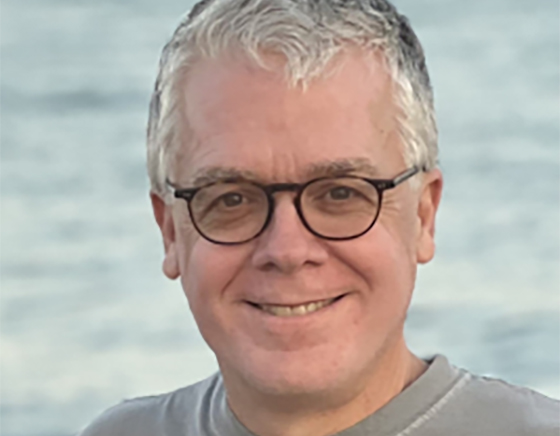
Frederick Dushin ’86
Frederick, an architect and software developer, embodied the intellectually adventurous spirit of Reed throughout his life.
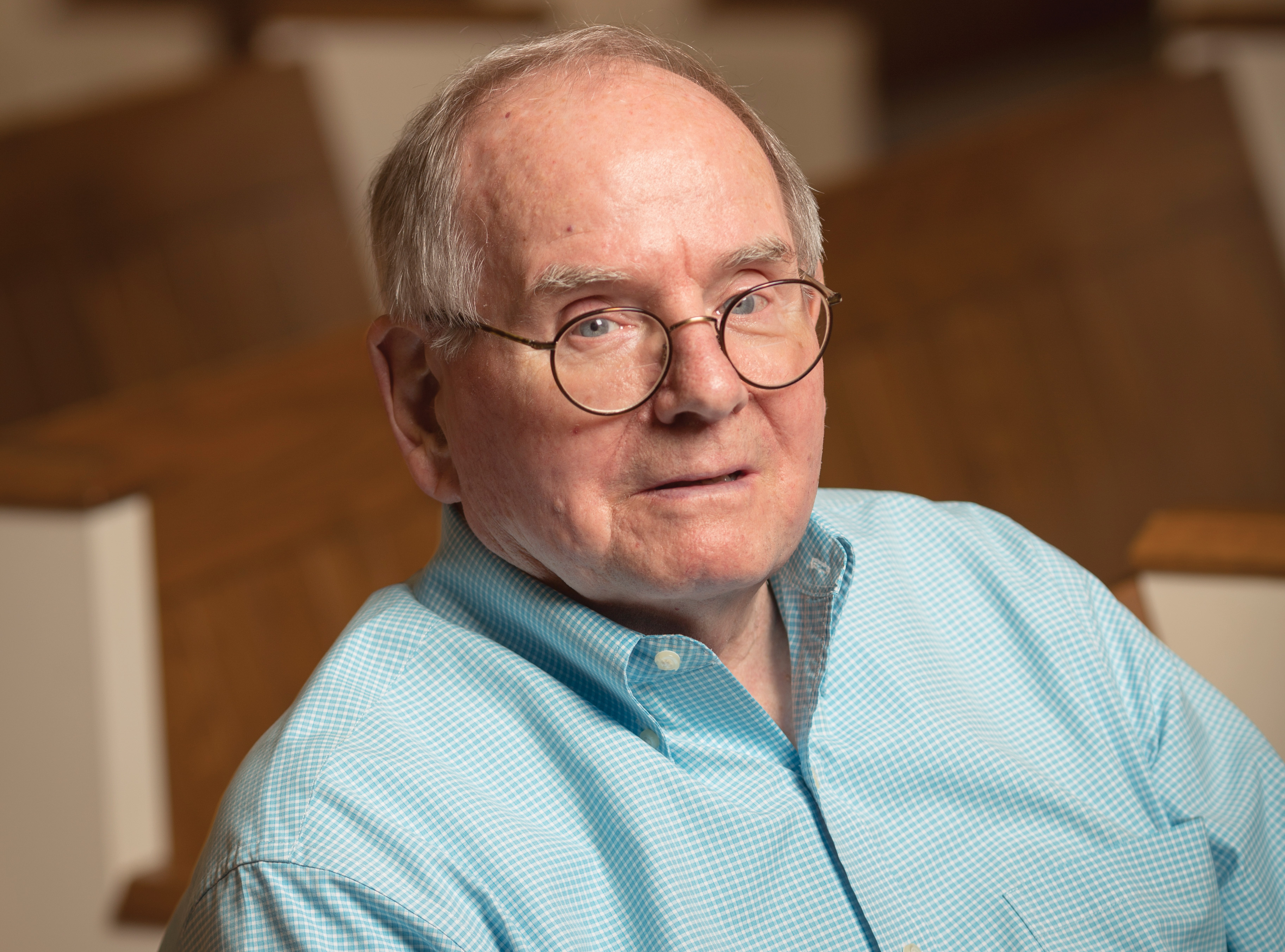
William Haden
As acting president of Reed from 1991 to 1992, William “Bill” R. Haden worked to strengthen Reed’s finances and improve alumni relations.
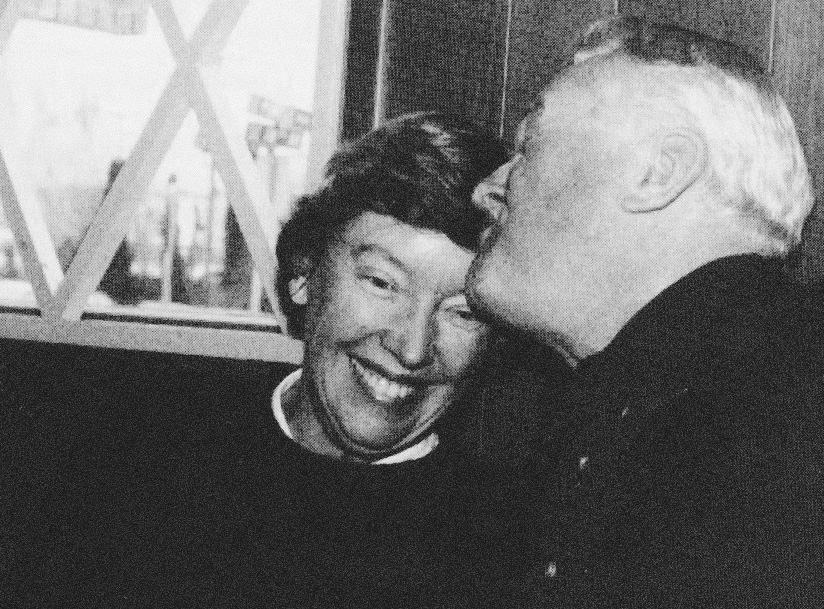
Nancy Horton Bragdon
Reed’s First Lady Whose Warmth and Leadership Were Invaluable During a Turbulent Time

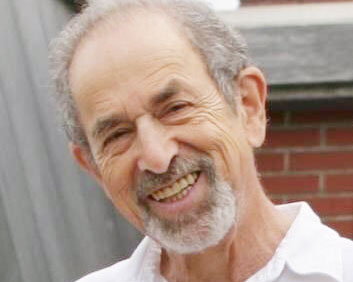
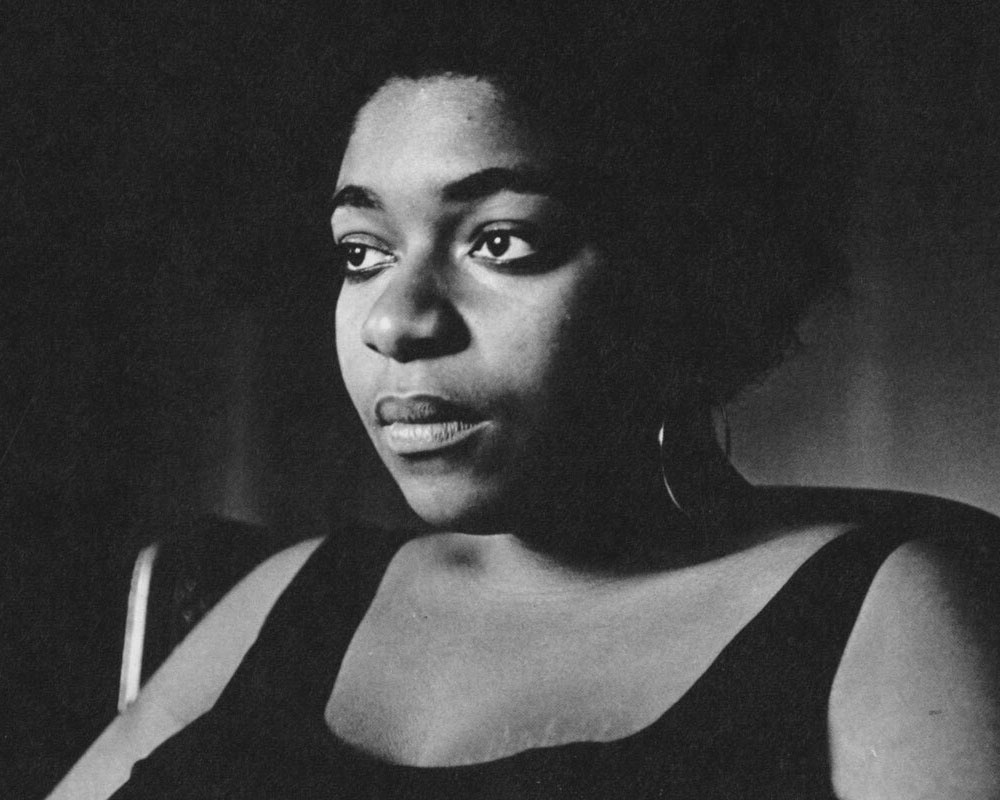
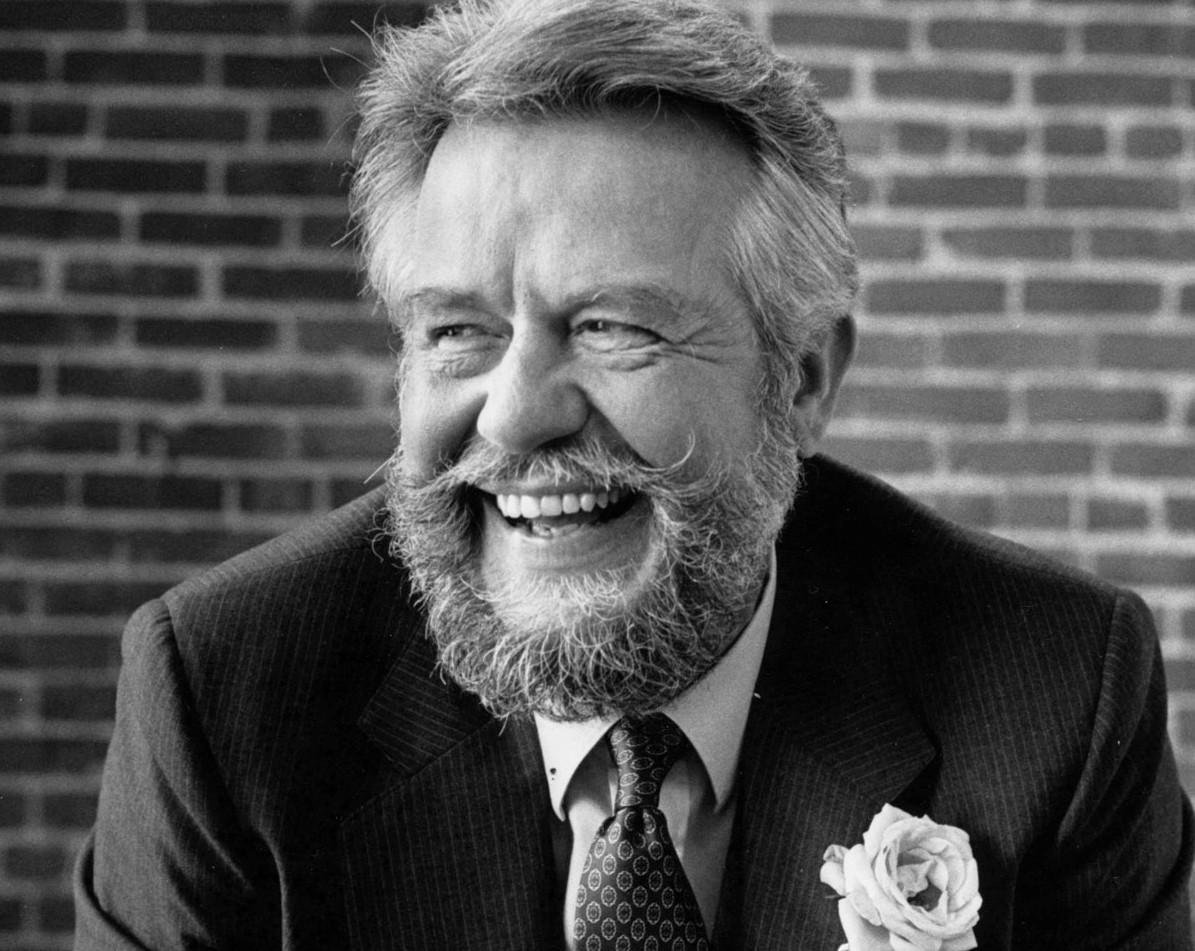
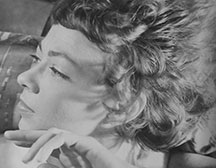
![Photo of Prof. Marvin Levich [philosophy 1953–94]](https://www.reed.edu/reed-magazine/in-memoriam/assets/images/2022/LTL-levich1.jpg)
![Photo of President Paul E. Bragdon [1971–88]](https://www.reed.edu/reed-magazine/in-memoriam/assets/images/2020/Bragdon.jpg)
![Photo of Prof. Edward Barton Segel [history 1973–2011]](https://www.reed.edu/reed-magazine/in-memoriam/assets/images/2020/Segel.jpg)
